Signs of Sun Damage to Your Skin – How to Reverse It
Posted on |
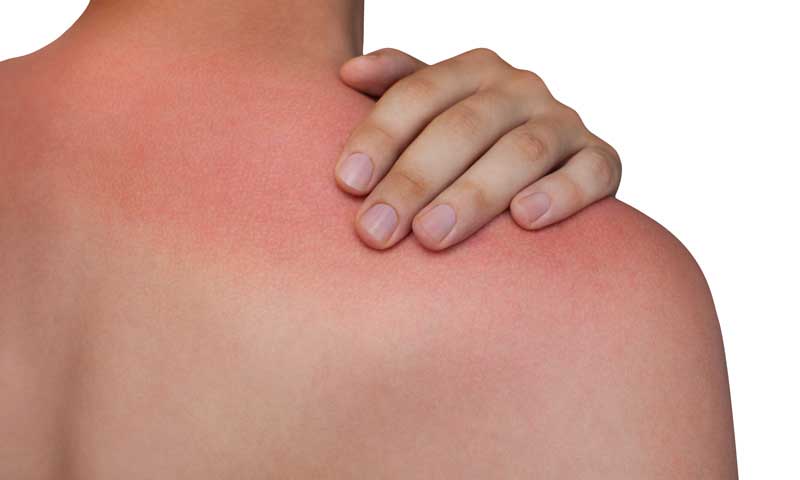
Most people put sunscreen on for extended sun exposure. Whether it’s a day at the beach, a trip to the park, or hanging out at the pool, it has become almost second nature to throw a bottle into a bag of necessities for occasional application.
Unfortunately, occasional sunscreen application isn’t enough to protect your skin. And a sunburn is a painful reminder of how harsh the sun can be. However, the danger doesn’t stop with a burn, and the risks do not go away when summer ends.
Constant exposure, even on a cloudy or cold day, can be detrimental to skin. Here are 5 signs of sun damage to your skin, and what you can do to repair it.
1. Sunburn
The exposed skin is red and painful to the touch. It can cause blistering and in extreme cases even dizziness and nausea. Aloe gel will ease the discomfort, and the pain should subside after a few days.
Unfortunately, the effects of sunburn don’t stop when the discomfort goes away.
When a person is out in the sun, their skin absorbs UV radiation. This can damage the DNA in skin cells, increasing the risk of skin cancer.
A person can develop different types of cancer due to a bad sunburn. The most dangerous type of skin cancer is melanoma, which can develop from sun exposure.
Repeated sunburns create other long-term risks as well. It can cause premature wrinkling and aging skin.
Even if your skin is already tan, the sun’s UV rays will still cause skin damage.
Once your DNA is damaged by the sun, the damage cannot be undone.
2. Dry Skin
Patches of dry, flaky skin that are more wrinkled than other areas are a sign of damage. Avoid using hot water, scented soaps, and find a deep moisturizer to help heal the skin.
Skin that is dry from sun damage will probably show other damage as well.
Sun damaged skin may also have:
- Pigmentation changes, including freckles and age spots
- Poor skin elasticity
- Wrinkling
- Spider veins
- A blotchy or red appearance
- Uneven skin texture
The roughness and flakiness of sun damaged skin is due to UV damage of the outer layer of the skin.
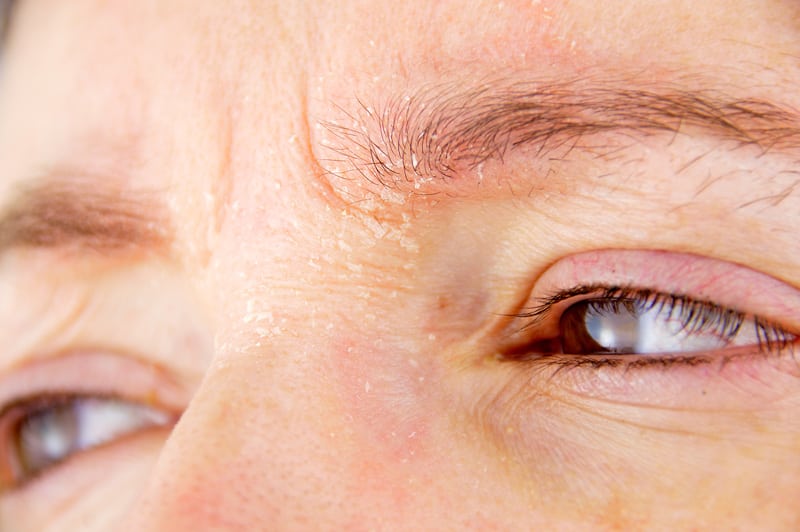
3. Photoaging
Deep wrinkles, fine lines, a thick skin texture, and easily bruised areas are a sign that there have been collagen changes in the skin. While this damage is not always completely reversible, improvements can be made by a professional.
Chemical peels and laser skin resurfacing can call help with photoaging issues.
A chemical peel uses a chemical solution to remove the top layer of the skin. While laser skin resurfacing uses light energy.
Botulinum toxin injections and collagen injections will help with many photoaging problems, as well.
Retinoids can repair photoaged skin. There is emerging proof that the use of retinoids can even prevent photoaging in the future.
A face-lift can be used to improve photoaging, but this is a surgical procedure with an extended recovery time.
4. Age Spots
Age spots, also called sun spots or liver spots, can be caused by sun exposure. They are a type of hyperpigmentation.
If you have lighter toned or fair skin, and had frequent or intense sun exposure, you are more likely to develop them.
Age spots look like small, flat patches of skin. They range from light brown to black in color.
Usually, age spots appear after age 40, but they can appear at younger ages, as well.
Age spots are not a type of skin cancer. Also, true age spots will not develop into cancer, so they don’t need to be treated for medical reasons. A dermatologist can determine if sun spots are indeed what you have.
You can have sun spots treated with:
- Laser treatment
- Cryotherapy
- Medications such as prescription bleaching creams and retinoids
- Microdermabrasion and dermabrasion
- Microneedling
- Chemical peels
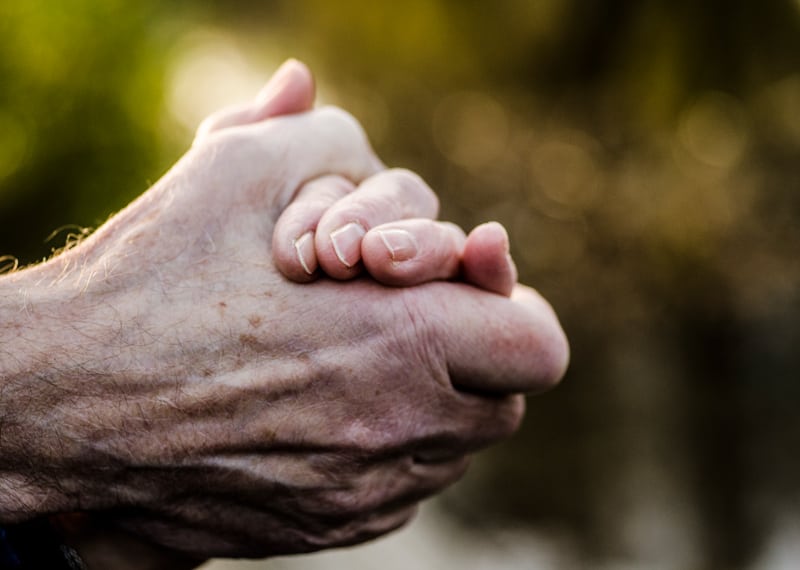
5. Actinic Keratosis
Almost all actinic keratosis (AK) patches are caused by UV rays from the sun, as well as by tanning beds. You generally find them on light skin that has had frequent sun exposure.
Even if you don’t suffer a major sunburn, repeated sun exposure or tanning over the years can lead to this condition.
Actinic keratoses range in color from tan or dark pink to brown. They appear as scaly patches. Over time they can develop a hard, wart-like appearance.
Sometimes these spots will disappear on their own, but then return after repeated sun exposure. Even if the spot disappears permanently, a dermatologist should examine the underlying skin.
Some AK will develop into squamous cell carcinoma—a type of skin cancer.
Since it’s impossible to determine when cancer will develop, dermatologists usually remove these growths as a precaution.
The most effective way to prevent actinic keratoses is to protect your skin from the sun with sun blocks, or sun-blocking clothing. If you notice new rough bumps on your skin, call your general practitioner or dermatologist for a diagnosis.
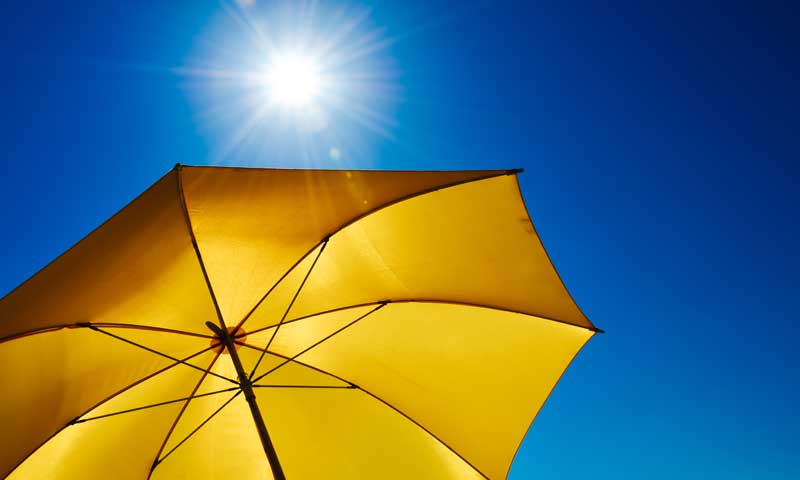
Protecting Your Skin from Sun Damage
It’s important to protect your skin whenever you go outside. The sun’s harmful UVA and UVB rays may not only damage the appearance of your skin but cause dangerous skin cancers as well.
Here are some effective ways to protect your skin from sun damage when you’re outside:
- Use a broad-spectrum sunscreen or sunblock that protects against UVA and UVB rays. The American Academy of Dermatology recommends using a sunscreen with an SPF of 30 or higher. It is recommended that you use it every day. Apply it 15 minutes before sun exposure to give it time to sink into the skin.
- Try to stay in the shade. At a pool or the beach, stay under a beach umbrella.
- Wear protective clothing. Tightly woven fabrics will best protect your skin from UV rays. Look for special Ultraviolet Protection Factor (UPF) clothing, made for skin protection when out in the sun. You can buy UPF shirts, leggings, and hats.
- Wear a protective hat with a brim to protect your face, ears, and the back of your neck. These areas are common sites for sunburns. Avoid straw hats—they offer little protection.
- The sun even affects eyes. So, remember to wear UVA and UVB blocking sunglasses to keep your and your children’s eyes safe.
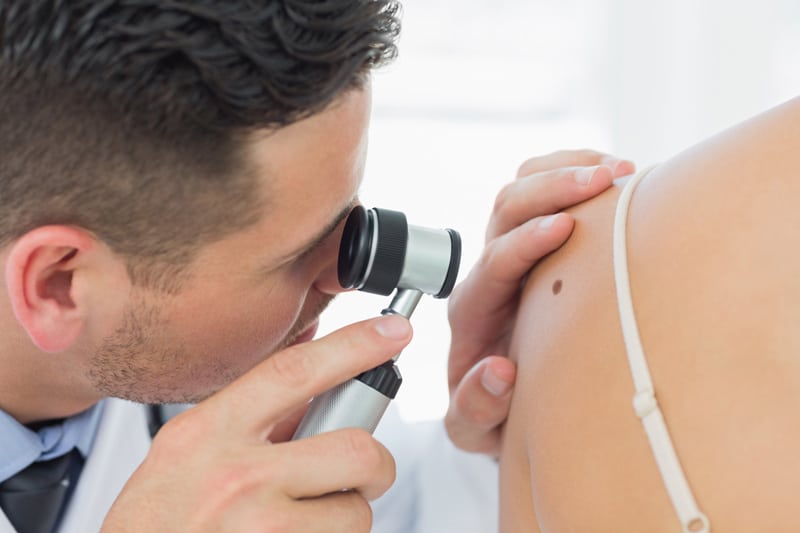
A Professional Solution: How to Fix Sun Damaged Skin
We offer a variety of options such as skin care products, masques, laser treatments, and peels to help skin look better and be healthier.
Licensed physicians and trained skin care professionals at our spa will have you looking your best and feeling great with the following treatments and products:
Skin Rejuvenation
For fine lines, wrinkles, and leathery skin, it’s important to find a good anti-aging serum. A quality anti-aging serum moisturizes your skin and provides it with the nutrients it needs to repair itself after sun damage.
At Vibrance MedSpa, we use Image Skincare products, which are suitable for all skin types.
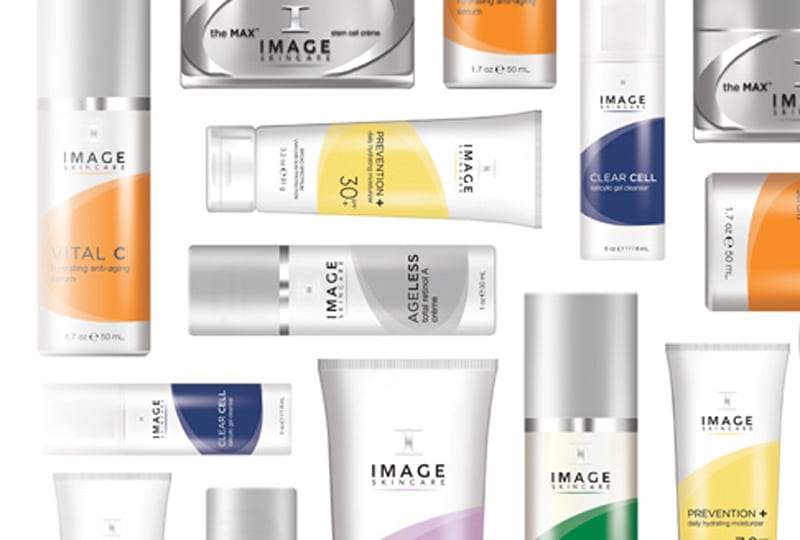
Hyperpigmentation Treatments
On TV and in movies, people who spend time in the sun always end up with an all-over bronze gleam. In real life, sometimes you come away from hours in the sun with a dull skin tone, or an uneven one, or even just randomly placed dark spots. Our favorite brightening solutions are offered during facial treatments and include vitamin-rich products that nourish and protect your skin from the inside out.
Laser Treatments
Finally, for those who are willing to go the extra mile, we offer laser treatments to correct long-term sun damage.
Our Skin Rejuvenation treatment boosts your body’s collagen production, stimulating your skin to correct surface-level damage. For a more in-depth therapy, try our Sublative Rejuvenation package, a series of three treatments one month apart with optional maintenance treatments every year.

Preventing sun damage doesn’t mean living indoors. With our products and services, you can enjoy your summer and keep your healthy glow.
Contact us to learn more about how we can repair your damaged skin and keep you looking your best!
